 |
 |
 |
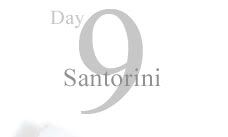 |
|
||||||||||||||
 |
|
|
||||||||||||||||
|
|
|
|
||||||||||||||||
|
|
|
|
|
|||||||||||||||
|
After sailing through the day, we arrived at a group of volcanic islands arranged in a giant crescent, the remnants of a caldera. we could see white villages clinging to the tops of the cliffs, and several ships all racing to port (1). This was Santorini.
We caught a tender to the vehicle-accessible port and boarded a bus which wound its way up the cliff face, taking the width of the road to turn the corners (2). A ride to the northern tip of the island brought us to the town of Oia, breathtaking in its pastel houses above the sea (3). Tree and I clambered down stairs, past people’s front doors (4), pausing every few steps as vignettes sang siren songs to our cameras (5). The setting defies commodification (6), instead drawing its power from the experience of the architecture (7), the flowers (8), white towers against a deep blue sea (9). All too soon we were bundled back on the bus for the trip to the capital, Thira. Thira was a larger version of Oia; it felt more commercial and even more packed with tourists; which was no mean feat. From the top of the cable cars you had a panorama of the city, the cliffs, and the islands in the caldera (10). You had the option of descending the cliffs by cable car (11), or by taking the winding stairs (12), either under your own power, or on the back of a mule. Tree opted for the cable cars, I went along. We sailed at sunset, the north side of Oia burnished in the light (13). Other boats were also out for sunset cruises (14), and Tree and I were walking clichés with cocktails out by the pool (15). For all its faults, Santorini does have a magic; woven in the soil, the mists, and those sunsets the colour of dreams (16). < previous | index | next > |
|
|||||||||||||||||
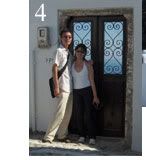 |
 |
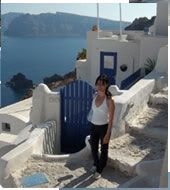 |
|
|
||||||||||||||
 |
|
|||||||||||||||||
 |
 |
|
||||||||||||||||
|
|
|
|||||||||||||||||
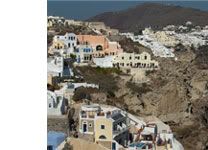 |
|
|||||||||||||||||
 |
|
|||||||||||||||||
|
|
 |
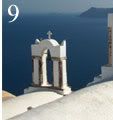 |
|
|||||||||||||||
 |
|
|||||||||||||||||
 |
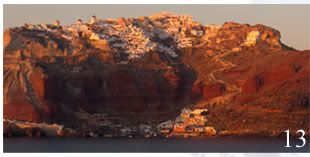 |
|
||||||||||||||||
 |
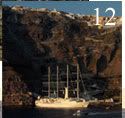 |
|
||||||||||||||||
 |
|
 |
 |
|
||||||||||||||
 |
|
|||||||||||||||||
 |
 |
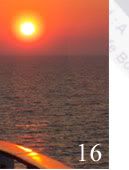 |
|
|||||||||||||||
|
|
|
|
||||||||||||||||
|
|
|
|
|
|
|
|
|
|
|
|
|
|
|
|
|
|
|
|